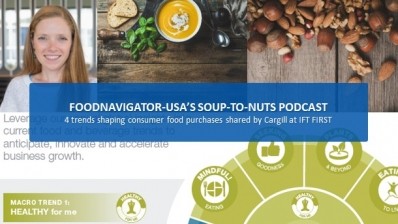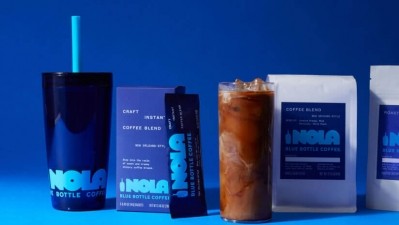How can brands, retailers align with consumers' mental energy around food?

Food serves as an avenue for health for consumers, who also see how its supply chain impacts environmental health, Arand said. However, differences arise between– Baby Boomers, Gen X, Millennial and Gen Z, whose mental energy determines their purchases and general shopping experiences, according to research firm 84.51’s data.
Baby Boomers reported the lowest impact on their mental energy when it comes to food shopping, with only 7% affected in Q1 2022 and 6% in Q1 2024. This could be attributed to the generation experiencing more stability in their lives, Arand said.
“Many of them are retired. If they want to prioritize foods, [in terms of time], that is a lot more of an option for them than say a young family,” she added.
Contrastingly, Gen Z reported more stress around food shopping, with 22% affected in Q1 in 2022 and 28% in Q1 in 2024 They, along with Millennials are expecting more from their food in terms of health benefits and value, Arand said.
‘Convenience does not exist in a vacuum’
For brands and retailers, balancing value, convenience and health options with consumers’ mental energy only adds another layer of complexity, Arand said.
“The opportunity that really exists … is that with the diversification we are seeing amongst the population, the solutions are increasingly different for different households. [For example], a household with two working parents and two small kids is going to be extremely different than a household with a single parent who is also caring for their elderly parent. We are seeing more of that split. So, convenience really looks different on a household per household basis,” she said.
While “convenience does not exist in a vacuum” for consumers, brands and retailers can leverage their consumer insights to develop solutions based on their audience. Convenience itself also is layered for consumers, whether it is planning, preparing, consuming and cleaning, Arand added.
Further, 84.51 data reveals deeply emotional language around food, highlighting an opportunity for brands and retailers to address varying levels of convenience through packaging and cooking formats (frozen versus prepared, for example), according to Arand.
“It is not just ‘I am tired.’ It is really ‘I want to do great things for my family, myself, for my health, for my community, but I do not have the ability to do it.’ And when they are able to accomplish that, there is a deep emotional connection there and a lot of fulfillment. I think being able to deliver on that and tap into that will build really strong loyalty for brands and retailers who can deliver,” she added.











